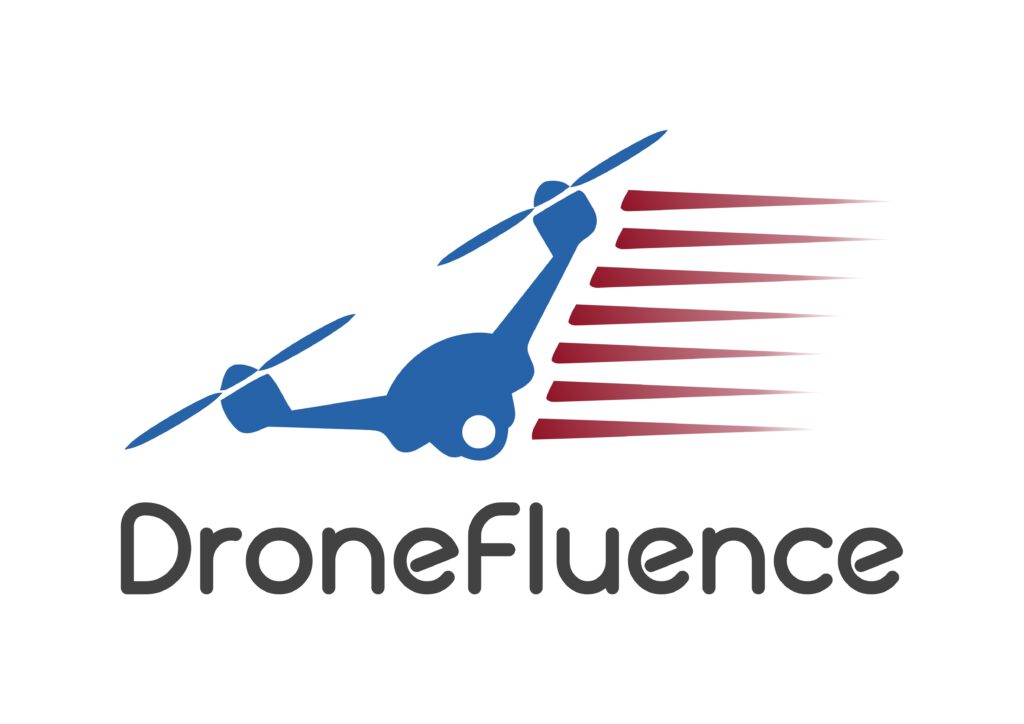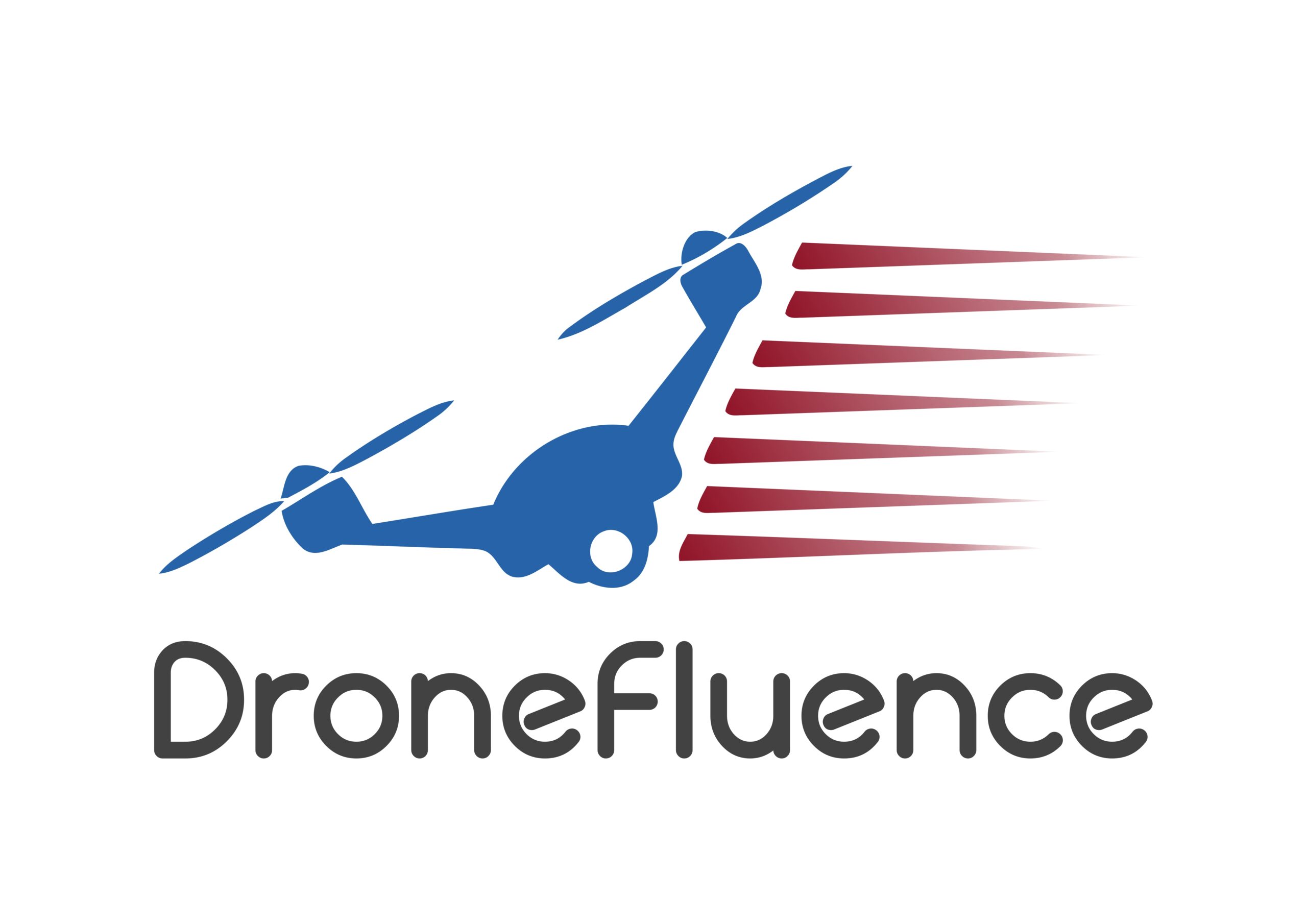“As I am working in this field, I can say that drones will soon rule the logistics industry. The road map for drones in the logistics industry is already in existence. Drones will also be used extensively in this industry in the next 6 to 12 months,” says Mr. Kishan Tiwari, Founder and CEO, TSAW Drones.
The use of drone technology continues to expand in many ways. One form of drone technology is being used in the logistics industry. Drones have entered the logistics industry after showcasing effectiveness in a variety of roles like surveying, mapping, photography, and agriculture.
To know more about drone pilot training for specialised drones, job opportunities, challenges, and the scope and future roadmap of drones in the logistics sector, we spoke with Mr. Kishan Tiwari, Founder and CEO, TSAW Drones.
Below are a few excerpts from our conversation. You can watch the full video interview on our YouTube channel.
Building drones for the logistics sector
Mr. Kishan Tiwari said, “My co-founder, Mr. Rimanshu Pandey, and I have been working on drones since 2013. In 2019, we established our company, TSAW Drones. To reduce human dependency on flying drones, we have created this project with the goal of automated drones. We observed that the country’s transportation connectivity has a significant gap. There are a lot of connectivity issues, and there are medical and e-commerce dependencies that are lagging. We wanted to build drones specifically for the logistics sector. Right now, we are building drones with a capability of up to 20 kg and, in the future, with a payload of up to 100 kg. We are now focusing on hub-to-hub delivery, which is connecting the pin codes that are remote and not initially serviceable on the same day. This usually takes around 4–8 days to reach the sites, so now we are felicitating the same pin codes for same-day logistics.”
“It is more about the network that we are now building and we are identifying these major problem areas where connectivity is an issue. There is a pyramid method that we are adopting, starting with time-sensitive deliveries and valuable items. Such as, medical care and other services related to healthcare, where the value is quite high.
Right now, if you deploy a drone on a certain route for a specific pin code, you can only cater to a very limited number of volumes. A certain job can only cater to a certain number of deliveries per day on a specific road. Therefore, that is our main priority. We will be able to switch to more price-sensitive deliveries and low-value items once things start to run more smoothly and the market can support more drone supply. And that is the strategy we are adopting,” he added.

Drone pilot training and employment opportunities in the drone sector
While talking about the training of drones and employment opportunities, Mr. Kishan Tiwari stated, “In the logistics sector, drones are used as more of a specialised use case. We train people in drones further so that they can control an advanced drone used in the logistics sector. These pilots are already aware of the regulations and know the basic parameters to fly a drone.
The employment opportunities in this sector for drone pilots are extremely high, and the income is also fairly good. On average, they can earn between Rs.30,000 to 40,000.
Medicine from the sky initiative in Telangana
“The first logistics trials for drones were conducted in Vikarabad district of Telangana. The World Economic Forum (WEF) and the government of Telangana initiated a project called “Medicine from the Sky.” In India, some consortiums are allowed to fly over there and deliver medicines from point A to point B, which are 10 km apart. This initiative connected multiple health centres across remote areas. Even now, we are working on a trial in a very remote place between Nirmal and Nizamabad that connects to Adilabad. We recently started working on a few projects in Dehradun with a leading e-pharma company,” added Mr. Kishan Tiwari.
Use of drones in last-mile connectivity
TSAW Drones is focused on operational repeatability because these are complicated operations that include aviation, logistics, on-site human requirements, and an on-site driver. Even EVs are being connected for last-mile deliveries that are out of the range of drones. Drones cannot be landed at every location; hence, we are moving toward the hub and hub model.
Also read: ‘Medicine from Sky’ through Drones – Making Healthcare Accessible https://dronefluence.com/medicine-from-sky-through-drones-making-healthcare-accessible/
Challenges in scaling the adoption of drones
There are two primary challenges:
- Supply chain: The drone ecosystem is still evolving, so the supply chain is one of the challenges faced.
- Availability of data: For identifying the roads, there is a lack of available data. TSAW Drones partners with companies and takes the data based on the date decided, through which the route to deploy the drones is defined.

